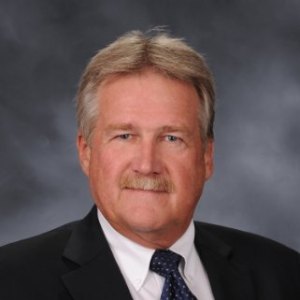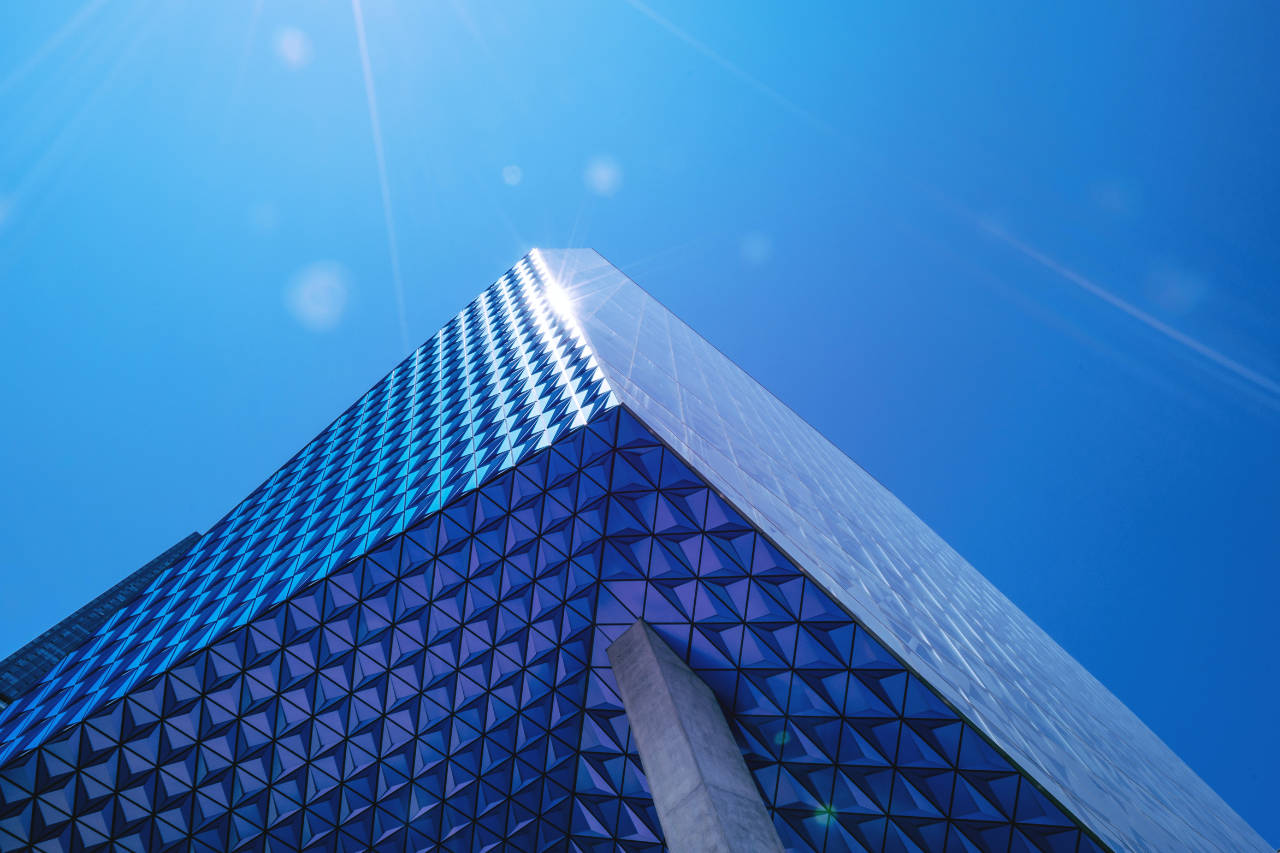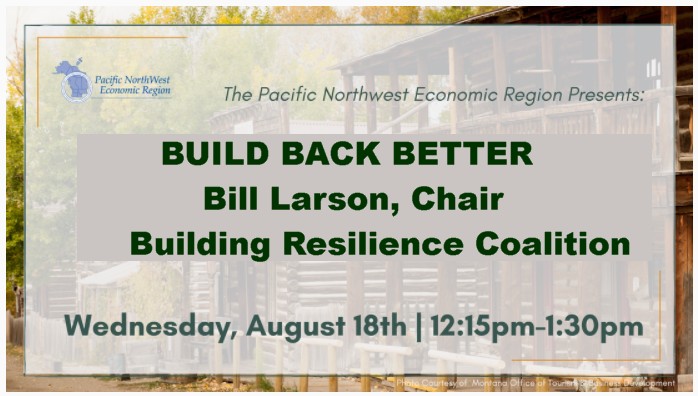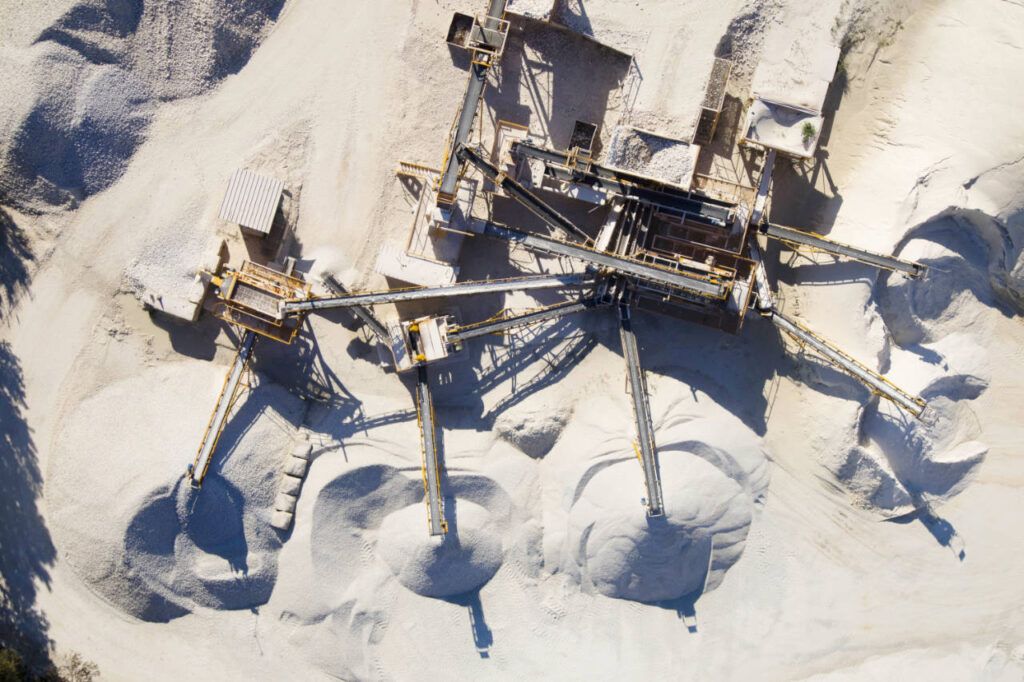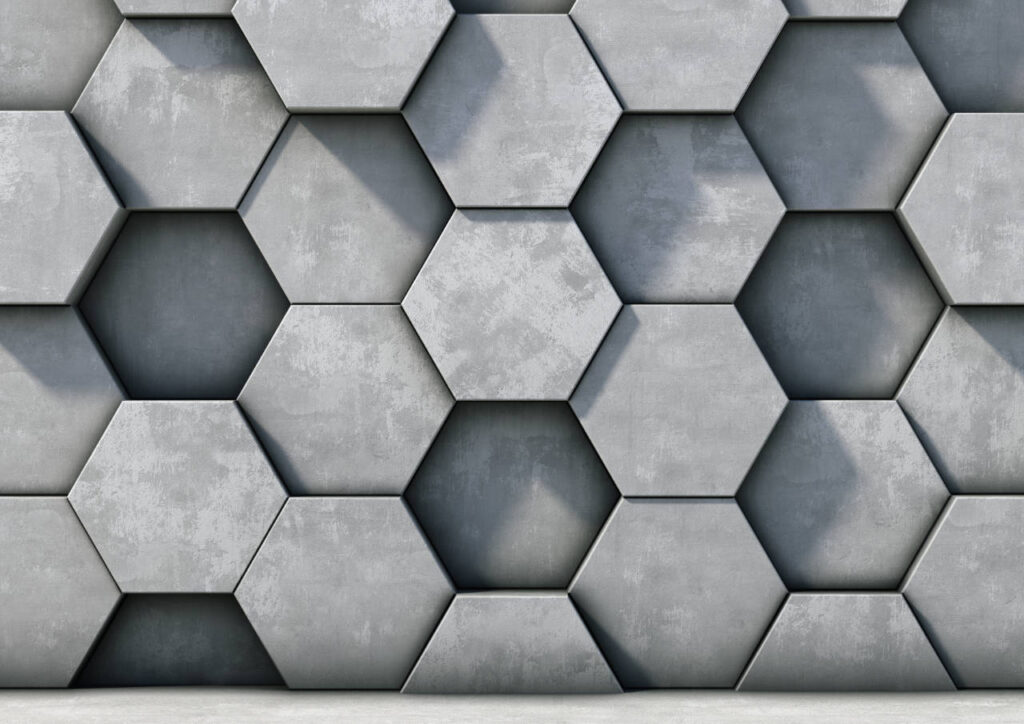feature article
Build Back Better
“Building Better and Resilient Buildings and Infrastructure in our communities to higher standards than are required by currently established building codes is critical to the future wellbeing of millions of people worldwide.”
